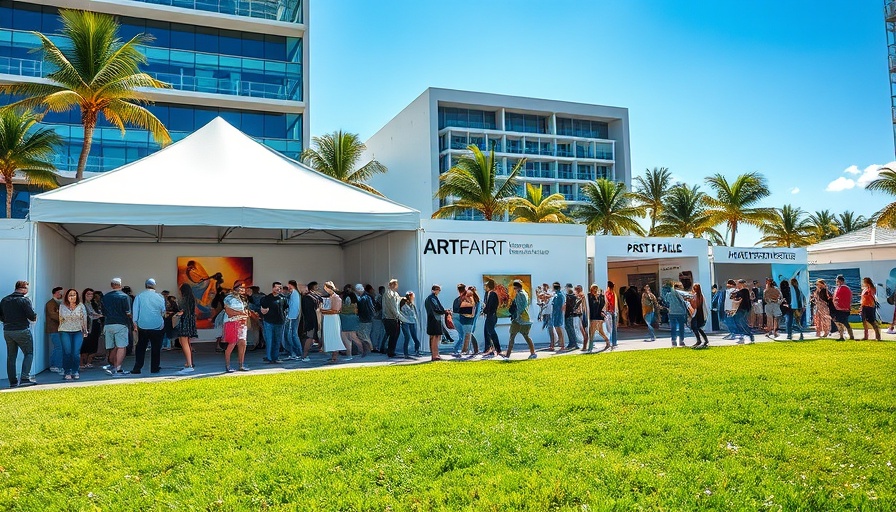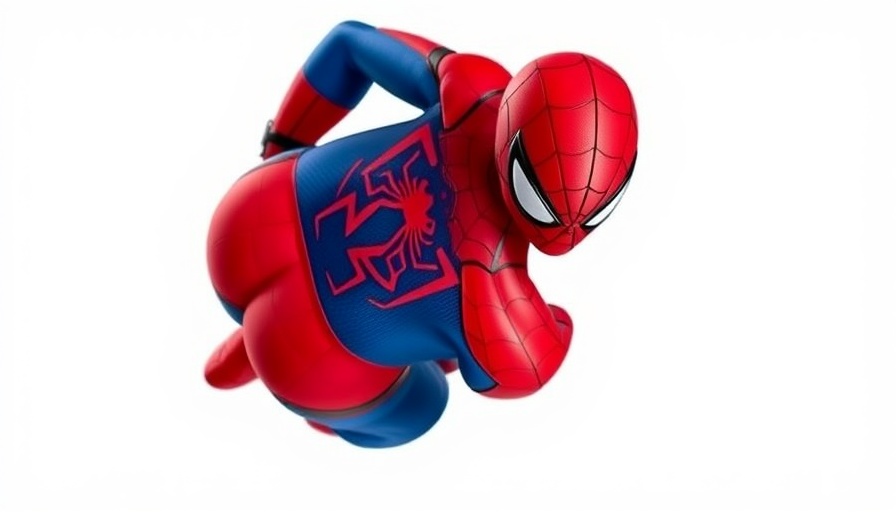
Piglets Stolen from Controversial Art Installation
In a shocking series of events that unfolded over the weekend in Copenhagen, three piglets were stolen from an art installation by the provocative artist Marco Evaristti. The installation, titled And Now You Care?, was intended to spotlight the grim reality of animal welfare in Denmark, a country known for its significant pork production and often criticized for the treatment of livestock.
What Happened in Copenhagen?
Evaristti, an artist notorious for pushing boundaries, had caged the piglets without food, showcasing the cruelty he argues is prevalent in pork farming. The exhibition was staged in a historical butcher's warehouse, intentionally invoking the legacy of the this space to highlight the living conditions of pigs. His work included not only the caged piglets but also disturbing paintings of slaughtered pigs against the backdrop of the Danish flag. But instead of sparking conversation, the provocative nature of the exhibit led to immediate backlash.
Animal Rights Concerns and Public Reactions
The theft occurred while the exhibition was temporarily closed for cleaning, prompting speculation about the motivations behind the act. Animal rights organizations had already condemned the exhibition, emphasizing that while they understood the artist’s intent, his method of protest was unacceptable. Gitte Buchhave of World Animal Protection's Danish branch stated, "We understand Marco Evaristti’s intentions with his exhibition, but it is not acceptable to protest one form of animal cruelty by committing another." This sentiment reflects a broader concern within the community regarding the ethical implications of using live animals in art.
A Shift in Perspective
Evaristti maintains that the piglets would have faced a harsh fate regardless, and by presenting them in the installation, he aimed to draw attention to the systematic issues within Denmark's pork industry. Statistics reveal that every day, thousands of pigs in Denmark are subjected to brutal conditions, sparking a crucial, albeit controversial, dialogue about animal rights. Evaristti expressed, “I have some kind of voice as an artist to talk about the issue,” highlighting the responsibility he feels in raising awareness.
The Bigger Picture: Art, Ethics, and Change
The incident has ignited discussions not just about animal welfare but also about the role of art in activism. Can art still provoke change when it appears to contradict itself? Evaristti’s provocative methods have drawn a wide range of opinions, and although he closed the exhibit due to the theft, he asserted that without the live piglets, the message—a call for compassion towards animals—would no longer hold weight. As debates continue to unfold, the incident serves as a reminder of the complexities surrounding ethical art practices and the importance of compassionate discourse in society.
Actions to Consider: How You Can Make a Difference
As individuals interested in social change, it’s essential to engage with the ethical discussions surrounding animal welfare. Here are a few ways you can contribute:
- Educate Yourself: Research the practices involved in animal farming in your area.
- Support Local Initiatives: Contribute to or volunteer with organizations that advocate for animal rights.
- Attend Community Discussions: Participate in local forums or workshops discussing ethical treatment of animals to stay informed and involved.
Join the conversation and take action to help raise awareness about animal welfare in your community.
 Add Row
Add Row  Add
Add 




Write A Comment